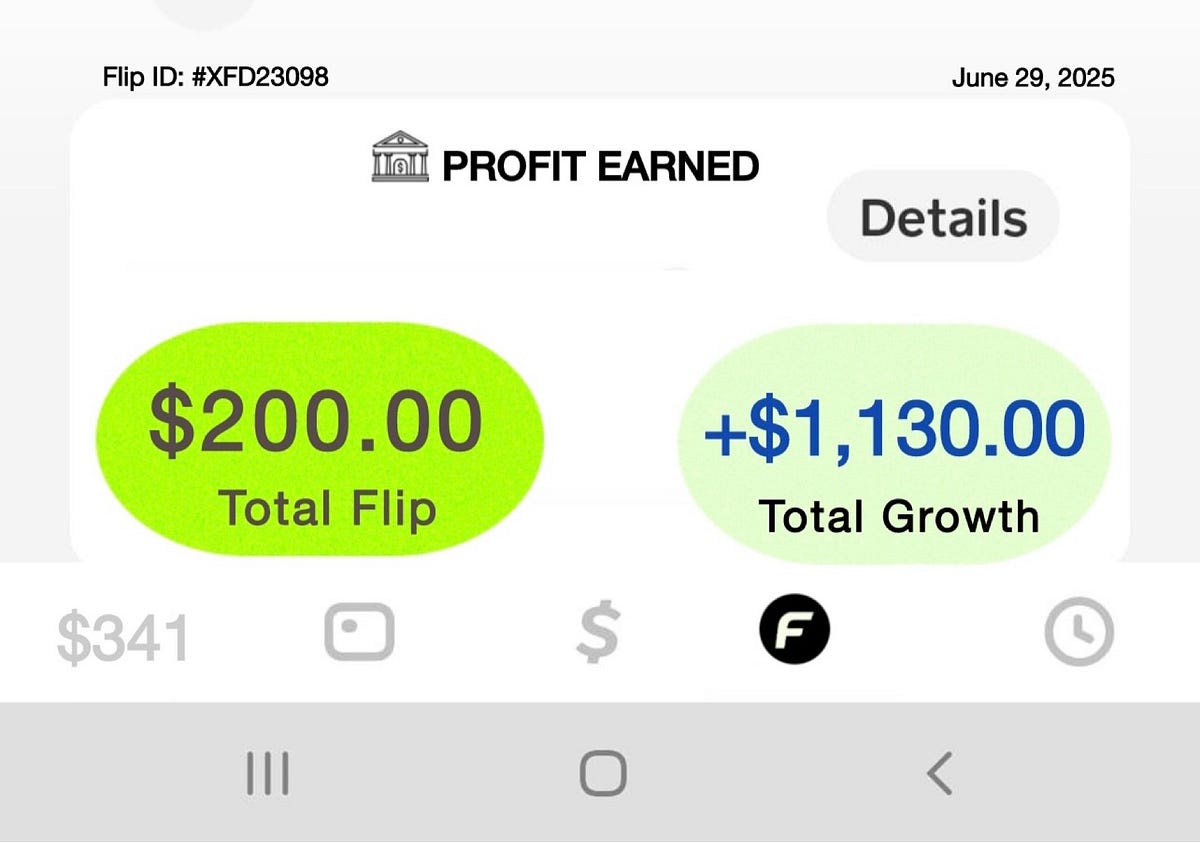Programming News
Dev
246

Image Credit: Dev
Why Every Business Needs an Artificial Intelligence Developer in 2025
- Artificial Intelligence developers are crucial for shaping business operations and customer interactions.
- In 2025, businesses face data overload, demanding customer expectations, and global automation shifts.
- AI developers bring efficiency, decision-making improvements, cost savings, and product differentiation benefits.
- Key skills include Python proficiency, ML expertise, statistics knowledge, and cloud platform experience.
- Invest in AI talent now to stay competitive, innovate efficiently, and serve customers better.
Read Full Article
12 Likes
Medium
395
Image Credit: Medium
Data Types Are So Important it is Scary
- Correct data types are crucial to avoid errors and mishaps, especially in financial contexts where a small mistake can lead to significant consequences.
- Understanding how data types work in different programming languages or software is essential to prevent issues such as million-dollar rounding errors.
- Ensuring that strings are appropriately handled as strings and numbers as numbers is vital to maintain data integrity and accuracy in computations.
- Knowing the behaviors of data types in Excel, programming languages, or other software can save time and help maximize the potential use of the data.
Read Full Article
23 Likes
Medium
174
Image Credit: Medium
The SQL Query That Queries Itself
- A fictional tale of handling complex SQL querying tasks with multiple hospital data.
- From merging data of different formats to ensuring compliance, a data analyst's journey unfolds.
- The story emphasizes the importance of pattern recognition, encryption, permissions, and efficient querying techniques.
- Lessons learned include leveraging information_schema, error handling, performance optimization tips, and smart database practices.
- The article concludes with insights, starter plans, troubleshooting advice, and a call for shared experiences.
Read Full Article
10 Likes
Medium
178

Image Credit: Medium
Welcome to Click Club
- An individual shares their obsession with mechanical keyboards and keyboard-related activities.
- The person details their transformation from a casual hobbyist into a devoted keyboard enthusiast.
- They describe their journey of exploring different keyboards, switches, keycaps, and keyboard layouts.
Read Full Article
10 Likes
Discover more
- Software News
- Web Design
- Devops News
- Open Source News
- Databases
- Cloud News
- Product Management News
- Operating Systems News
- Agile Methodology News
- Computer Engineering
- Startup News
- Cryptocurrency News
- Technology News
- Blockchain News
- Data Science News
- AR News
- Apple News
- Cyber Security News
- Leadership News
- Gaming News
- Automobiles News
Dev
297

Image Credit: Dev
🗽 Longest Harmonious Subsequence LeetCode 594 (C++ | JavaScript | Python )
- Given an array of integers, the goal is to find the length of the longest harmonious subsequence where the difference between the maximum and minimum elements is 1.
- An efficient approach involves counting the frequency of each number in the array and checking for pairs (num, num + 1) to calculate the length of the harmonious subsequence.
- The provided C++, JavaScript, and Python code snippets demonstrate the implementation using hash maps and frequency analysis.
- The harmonious subsequence problem is solved using a hash map for frequency tracking and examining adjacent number combinations, resulting in an efficient solution.
Read Full Article
17 Likes
Medium
55

Image Credit: Medium
How I Turned $200 into $1,130 in 2 Days Without Crypto or Scams
- A person shares their experience of turning $200 into $1,130 in 2 days without involving crypto or scams.
- They were initially wary of 'flipping money' due to prevalent fraud, pyramid schemes, and crypto traps online.
- They found a simple system that allows individuals to flip small amounts like $20, $50, or $100 and receive returns within 24-48 hours.
- The system, called FlipTrust™, claims to be transparent, beginner-friendly, and provides fast payouts for those interested in a legitimate side hustle.
Read Full Article
3 Likes
Dev
21

Image Credit: Dev
Drawing a Koala with HTML and CSS
- The article discusses the author's return to creating CSS Art, specifically drawing a koala over the weekend.
- The author struggled with shadows, gradients, and textures while working on the koala drawing, but the final result was satisfactory.
- The drawing utilized various CSS techniques like positioning, custom properties, background gradients, pseudo-elements, shadows, masks, clip-path, and combinator.
- The author recorded the coding process and shared it on their YouTube channel as a way to reintroduce themselves after a period of silence.
Read Full Article
1 Like
Dev
382

Image Credit: Dev
Programming Entry Level: introduction debugging
- Understanding Introduction Debugging for Beginners.
- Debugging is like being a detective, finding and fixing errors in code.
- Learn about common bugs, syntax errors, runtime errors, and logic errors.
- Tips include reading error messages, correcting multiple errors, and using print statements.
- Real-world use case and practice exercises to enhance debugging skills.
Read Full Article
23 Likes
Dev
242

Image Credit: Dev
Object-Oriented vs Functional: Why Your Ego Needs Refactoring
- Object-oriented programming bundles data with behavior, similar to how the ego holds onto beliefs and reacts defensively.
- Functional programming, on the other hand, focuses on pure functions and statelessness, allowing for adaptability and reduced cognitive overhead.
- By refactoring your mental architecture to think functionally, you can process situations more effectively by analyzing gaps and creating learning plans rather than relying on fixed beliefs.
- Recognizing your ego as a fallback function for handling complexity can help you choose when to rely on it and when to compute fresh responses based on the current situation.
Read Full Article
14 Likes
Dev
421

Image Credit: Dev
WWDC 2025 - Enhance child safety with PermissionKit
- PermissionKit framework aims to enhance child safety in communication apps with iOS 26.
- It allows children to request permission before communicating with unknown contacts through Messages.
- Key aspects include age range detection, UI adaptation, permission questions, presenting requests, and handling parental responses.
- The framework ensures parental oversight, consistency across Apple devices, and comprehensive safety solutions.
- PermissionKit streamlines permission processes, ensuring appropriate communication interaction in a child-friendly manner.
Read Full Article
25 Likes
Dev
80

Image Credit: Dev
Programming Entry Level: learn self taught
- Learning self-taught means taking responsibility for your own learning journey.
- It involves finding resources, practicing, evaluating progress, and refining your approach.
- Common mistakes include syntax errors and using incorrect operators in code.
- Real-world use case shows applying object-oriented programming principles to manage tasks.
- Practice ideas include creating a calculator, number guessing game, and unit converter.
Read Full Article
4 Likes
Medium
327

Image Credit: Medium
Week 6: Exploratory Data Analysis (EDA) and Feature Engineering with Google Play Store Dataset
- Week 6 of the data science journey focuses on Exploratory Data Analysis (EDA) and Feature Engineering using the Google Play Store dataset.
- EDA involves analyzing and visualizing data to uncover patterns and relationships before modeling, while Feature Engineering improves model performance by creating or transforming features.
- The Google Play Store dataset includes app details like ratings, reviews, size, installs, and categories. Data cleaning and feature creation are key steps in preparing the dataset.
- Insights from the analysis include identifying the most popular app category by installs, performing univariate analysis on numerical and categorical features, and answering specific questions based on the clean data.
Read Full Article
19 Likes
Dev
276

Image Credit: Dev
WWDC 2025 - Deliver age-appropriate experiences in your app
- Apple introduces the Declared Age Range API in iOS 26 to allow developers to create age-appropriate experiences with privacy in mind.
- Key updates in 2025 include the release of a white paper on child safety, streamlined child setup flow, and expanded App Store age ratings.
- The Declared Age Range API emphasizes privacy-first age detection, flexible age range configuration, and user-controlled sharing settings.
- Developers can implement the API by adding the capability, setting up the environment, and following best practices for error handling and privacy protection mechanisms.
Read Full Article
16 Likes
Dev
102

Image Credit: Dev
Understanding SOLID Once and For All | Part 01
- The first post in a series aims to explain each SOLID concept clearly and personally to enhance code quality across programming languages.
- The Single Responsibility Principle (SRP) was coined by Robert Martin in 2000 and aims to ensure that a class or module should have only one reason to change.
- Examples provided illustrate how violating SRP can occur within code structures, emphasizing the importance of separating responsibilities for clean code.
- Practical examples in Elixir and Golang will be shared in repositories to demonstrate implementation, with a focus on understanding principles for adaptation.
Read Full Article
6 Likes
Medium
391

Image Credit: Medium
Harvard Math Tournament Brain Teaser (2024)
- When faced with simultaneous equations that are not easily solvable by direct substitution or elimination, a common strategy is to add and subtract the equations.
- By adding and subtracting the given equations, interesting patterns might emerge that can simplify the problem through algebraic manipulation.
- In the context of the Harvard Math Tournament Brain Teaser for 2024, combining the equations after adding and subtracting revealed a conjugate pattern on the left-hand side.
- The approach of adding and subtracting equations can be a helpful technique in solving complex simultaneous equations, as demonstrated in this brain teaser.
Read Full Article
23 Likes
For uninterrupted reading, download the app